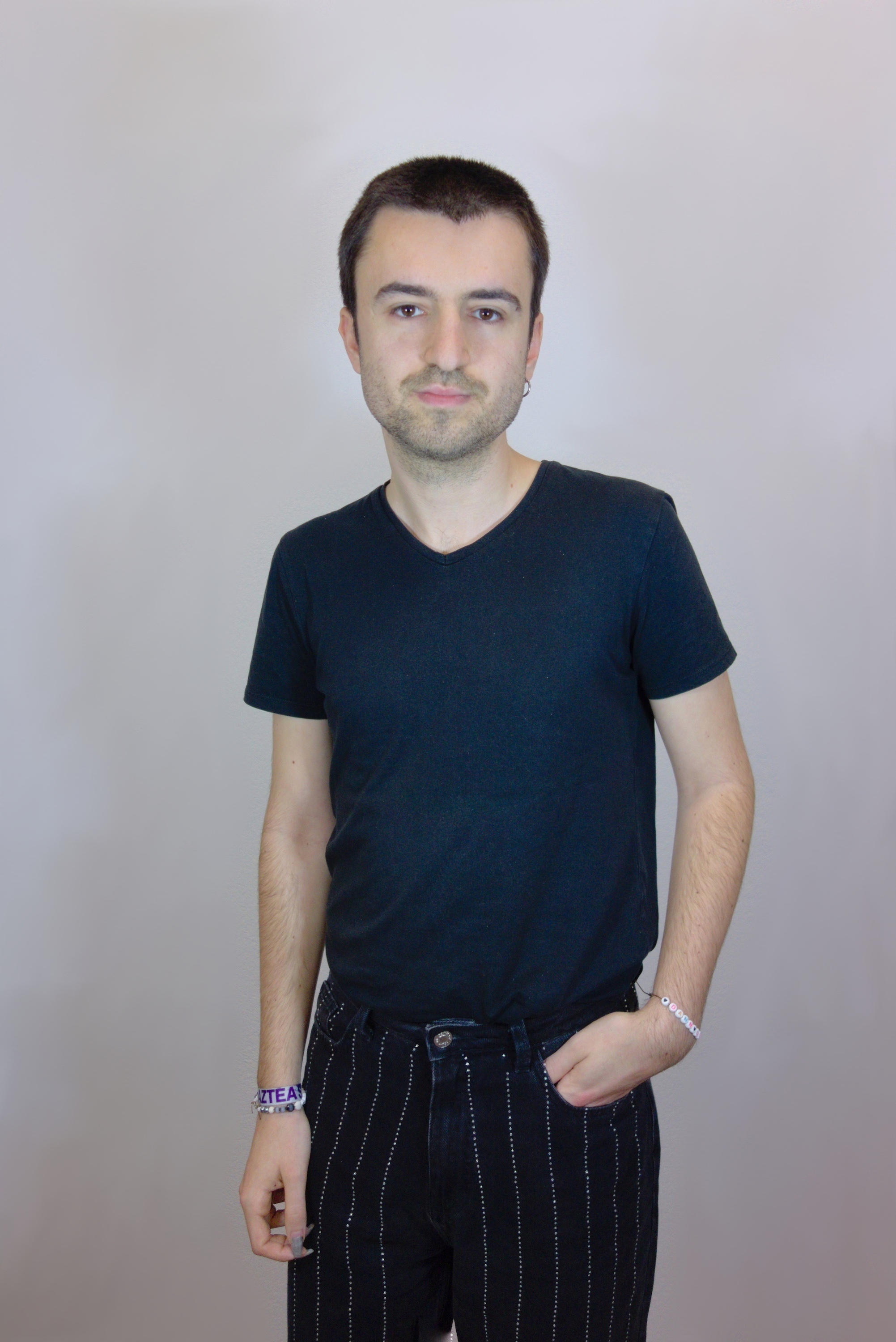Neuronal Excitability
Biofisika Institute (CSIC, EHU)
Science Park of the EHU
Barrio Sarriena s/n. 48940 Leioa, Bizkaia (Spain)
Our overall aim is to understand the nanoscale physiology of the brain. Hereunder the role of the brain's extracellular space (ECS) in signalling and metabolite clearance, and the integrated regulation by multiple partners of synaptic signalling, beyond the mere pre- and post-synapse pair.
The ECS is the last major terra incognita of the nervous system; a fascinating, huge unknown that holds great promise for groundbreaking discoveries. The geometric structure of the ECS remains enigmatic, though it must inevitably reflect the extreme morphological complexity of its resident cells. All vacant ECS is filled by interstitial fluid, and the interstitial fluid compartment structurally corresponds to the ECS, which we utilise to visualise it through the recent super-resolution shadow imaging (SUSHI) approach. Research has provided volume-averaged values of the ECS volume fraction of around 10-30% of brain volume, though there is bound to be huge variation in smaller areas, where diffusion rates and directions will be increasingly dictated by ECS geometry. These diffusion properties remain unknown, largely due to lack of knowledge about ECS geometry and dynamics that prevents basic observations and biophysical modelling. Understanding the ECS entails also the outlining neural cells, and we investigate the ECS in the context of the diverse resident neural cells.
A parallel research focus is the specific roles of the multiple partners involved in regulating synaptic signals, with a focus on dendritic spines. Glutamatergic synapses on dendritic spines are tuned by multiple players, including the pre- and postsynaptic partners, astrocytic processes, and microglia processes. The functional parameters of these are commonly attributed to vesicular release properties or active membrane properties, such as receptors, transporters or channels. Notably, passive parameters afforded by the membrane, such as membrane topology and the perisynaptic ECS structure are largely disregarded. Yet, all synaptic signalling between neurons must inevitably pass via the ECS, yet the role of the ECS in shaping such signals is very poorly understood. Understanding the integrated mechanisms of synaptic signalling is at the core of understanding the brain, in health and disease, and is a main aim of ours.
To pursue these research lines we combine electrophysiology and fluorescence imaging in live brain slices, allowing us to read out structure and function. We are enabled by our expertise in super-resolution STED microscopy, and our implementation of this technique in our lab.



